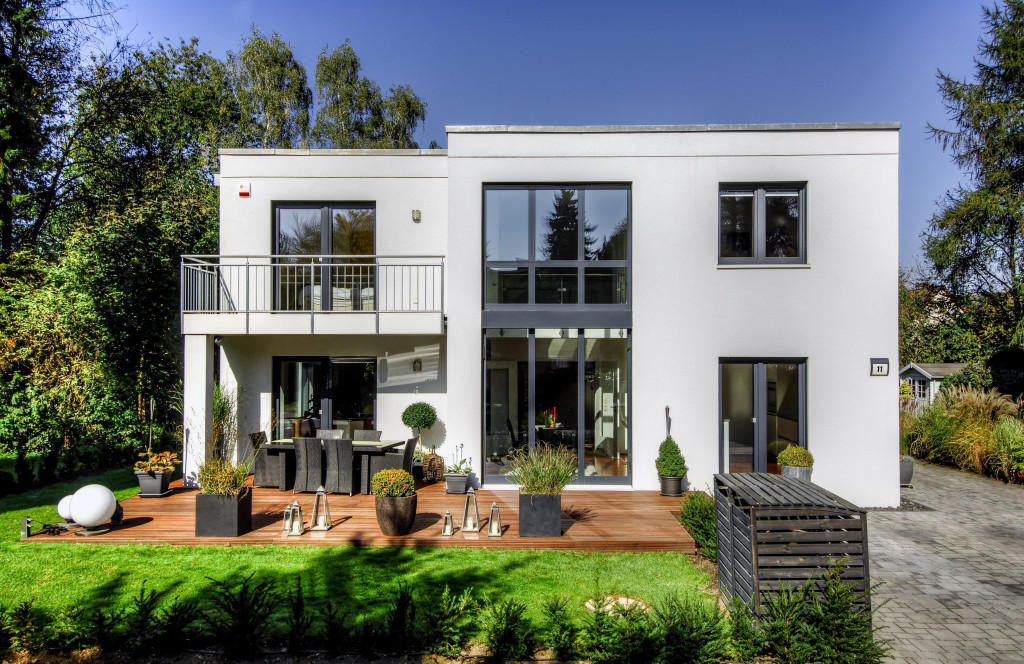The homes you see today are vastly different from the ones where your parents or grandparents lived. It then begs the question: what will they look like in the future?
1. Homes Will Carry the Lessons of the Pandemic
The COVID-19 pandemic will be one of the biggest teachers for architects, designers, engineers, and homeowners. A building company might recommend the following for potential home buyers:
- More flexible layouts – Household members can convert spaces with ease and convenience depending on their needs. For instance, if someone gets sick, one room can be completely sealed off from the rest to avoid spreading the infection. It can be faster to change one section into a home office, living room, or even play or study areas for the children.
- Better ventilation – The pandemic emphasizes the importance of having an excellent HVAC system to prevent contaminated air from circulating inside a space. Future homes, therefore, can look forward to a more efficient ventilation plan.
- Prefabricated homes – The demand for prefabricated homes will continue to grow in the coming years, but the pandemic is likely to speed it up. In this setup, one can build a home fast, allowing home buyers more flexibility where they live and how much space they want.
2. Properties Are More Likely in an Energy-efficient Neighborhood
Smart sustainable cities are popping up around the world. One of the firsts is in Masdar City in UAE, the first of its kind in the Middle East.
Here, the buildings are low-carbon. They consume over 35% less energy and water than similar structures. The materials were also 90% recycled aluminum and low-carbon cement. The community also boasts research and learning facilities. These include Bustani Smart Home Farming Exhibition that reveals innovations to answer food insecurity.
Future homes can live in clusters where electricity comes from renewable energy, such as the sun or wind. They can also have more charging stations for electric vehicles. Recycling facilities can be more accessible to households.
Lastly, the majority of the properties five to ten years from now will be smart ones. In fact, the market demand will achieve a compound annual growth rate of 25.3% from 2021 to 2026. By the end of the forecast period, the industry would have a market value of over $300 billion.
At least two major reasons will fuel the demand for smart homes: energy efficiency and cost savings. Both can have an underlying goal, which is to improve sustainability.
3. Houses Will Integrate Themselves with Nature

If there’s one thing people learned during this pandemic, it’s that being cooped up at home for long periods doesn’t bode well for one’s health. It is also detrimental to spend one’s time in a concrete jungle.
Indeed, more discover the healing power of nature. Several studies already showed that:
- Nature can help lower stress levels. Lower stress can improve a person’s quality of life by reducing the risk of inflammation and chronic illnesses.
- The presence of trees in urban areas can decrease the harmful effects of air pollution. It can then bring down the number of people dealing with and dying of respiratory disease.
- Nature can enhance focus and alertness. It can also help fight mental health conditions, such as anxiety and depression.
- Nature can also contribute to the country’s economy as it can lessen the risk or the impact of disasters such as flooding.
More future homes might be in cities with pocket parks or mini forests. Tiny houses on wheels or trailers can be even more popular. By this time, more communities will have plenty of spaces for temporary parking, while homeowners can leave and drive to nearby national parks, beaches, and camping grounds.
Otherwise, existing urban buildings can convert their rooftops to food gardens. Homes can feature landscaped instead of paved yards.
4. Robots Will Become Additional Home Companions
While homes of the future are less likely to be that of the Jetsons, robots as companions and helpers are not improbable. Roomba, one of the largest manufacturers of robotic vacuum cleaners, earned a whopping $1.2 billion in 2019 alone.
Meanwhile, Lynx of Ubtech can work with Amazon Alexa. It can play music, take note of reminders, or search information for you. These are on top of its ability to recognize faces and provide personalized greetings.
In a 2018 Quartz article, Cynthia Breazeal, MIT Media Lab’s director of the Personal Robots Group, believed that robots might eventually able to tailor their behavior and personality to match those of their human companions through machine learning and artificial intelligence.
Houses in the 2030s to 2050s will be vastly different from today, and that’s fine. Most things, after all, evolve with time. What is more essential is it changes for the common good. In many ways, these future homes will likely do so.

